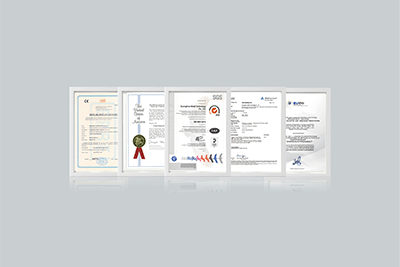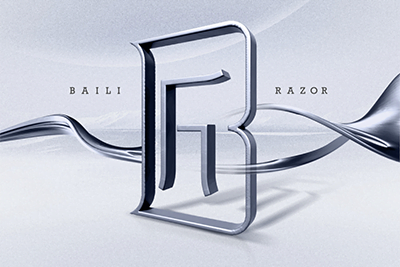Many of us take shaving like an art form. Treat yourself to a facial and achieve a clean, smooth shave. But bad shaving habits can happen to people of all ages. Understanding these pitfalls and learning how to avoid them can make your shaving process smoother, safer, and more effective.
Common Mistakes
- Using the Wrong Razor
Many beginners use the wrong type of razor, such as one that is too old, too dull, or not designed for a person’s skin type. Using a blade that is not designed for your current skin condition or hair type can lead to irritation or a poor shave. Using a dull blade can cause skin irritation and require multiple passes over the same area, increasing the risk of cuts and razor burns.
- Skipping Pre-Shaving
Starting shaving without proper preparation can lead to irritation and a poor shave. Not adequately preparing the skin before shaving can lead to irritation and a rough shave, especially when using a new razor.
- Using the Wrong Shaving Cream
Using too little shaving cream or none at all can cause the razor to drag on the skin, leading to cuts and irritation.
- Applying Incorrect Pressure
A common mistake people make when shaving is pressing too hard on the razor, which can lead to nicks, cuts, and razor burns. Different razors have different weights and balance points, which can affect how they are used.
- Shaving Against the Grain
Shaving against the direction of hair growth can give you a closer shave, but it often leads to irritation, ingrown hairs, and razor burns. So you need to get the angle right when using it.
- Not Adjusting the Blade Angle of Your Razor
Every razor has an optimal blade angle that effectively shaving. Using the wrong angle can lead to a poor shave and increase the risk of cuts.
- Not Rinsing Your Razor Frequently
Allowing hair and shaving cream to accumulate on your razor can reduce its effectiveness and increase the risk of cuts.
- Neglecting Aftershave Care
Neglecting aftershave care can make your skin irritated, dry, and prone to acne.
Baili Shaving Research Institute recommends:
Start with a high-quality multi-blade razor designed for beginners. Consider using a razor with a flexible head that can easily adapt to the contours of your face. Replace your blades regularly (usually after 5-7 shaves) to ensure they remain sharp and effective. Choose a razor that meets your specific needs. For sensitive skin, consider using a razor with a guard or multiple blades for a gentler shave. For thicker hair, you may need a razor with more aggressive blade settings.
Wash your face with warm water and a mild cleanser to remove dirt and oil. Applying a warm, damp towel to your face for a few minutes can further soften the hair and open the pores. Shaving after a shower is also beneficial because the steam opens the pores and softens the hair. Applying pre-shave oil can provide an extra layer of protection and lubrication.
Use a good quality shaving cream or gel. Apply a generous amount of shaving cream to a wet face and work it into a rich lather with your fingers or a shaving brush. This helps soften the hair and create a smooth surface for the razor. This allows you to shave with less effort and less risk of damaging your skin.
As you shave, apply gentle pressure and let the weight of the razor guide it across your skin. Use short, controlled strokes when shaving to maintain better control and reduce the risk of injury. Hold it lightly and use short, controlled strokes. Let the weight of the razor do the work instead of pressing hard against the skin. Start with less pressure and gradually increase if necessary.
During shaving, always start by shaving with the grain, which is the direction the hair grows. For most people, this is shaving down the cheeks and chin and up the neck. If you need a cleaner shave, you can shave again against the grain (perpendicular to the direction the hair grows). Pay special attention to tricky areas like the jaw, chin, and upper lip. Use your free hand to hold the skin taut so the razor can glide more smoothly. Take your time to ensure a thorough and safe shave. Experiment with the angle by slightly adjusting the tilt of the razor on the skin. Most razors work best at a 50-degree angle. Find the sweet spot where the blade cuts smoothly without pulling hair or nicking the skin.
Rinse the razor in hot water after every few shaves to remove hair and shaving cream buildup. This ensures that the blades remain clean and sharp throughout the entire shaving process. Typically, they are replaced after 5-7 shaveet, but this may vary depending on the thickness of the hair and the quality of the razor. If you notice any pulling or discomfort, the blades need to be replaced. For multi-pass razors, when the lubrication strip fades, it is time to replace the blade head immediately.
After-shave care will not make your skin irritated, dry and prone to acne.
It is a very happy thing to constantly enjoy the pleasure brought by shaving, summarize the experience gained from mistakes, and take good grooming of yourself. I hope everyone can enjoy life, enjoy shaving.







